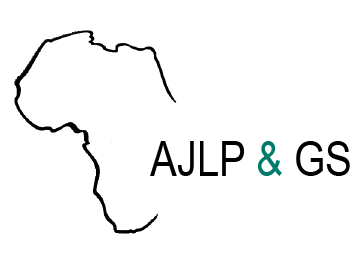Improved Land Reforms To The Benefit Of Women´S Access To Land To Foster And Support Social Norm Change, A Case Study Of Western Area Rural District And Bombali District In Sierra Leone
It is critical to have land policies that facilitate access to and effective control of land and other natural resources to achieve inclusive growth and eradicate poverty. It is well known that discrimination in land rights occurs globally, both in formal and customary settings. The reason for this is that land rights are either strong or weak and are held by a variety of groups of people.


